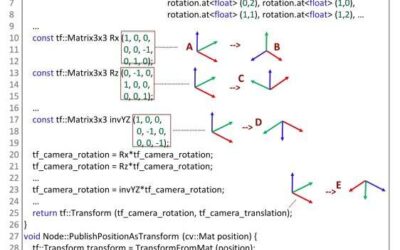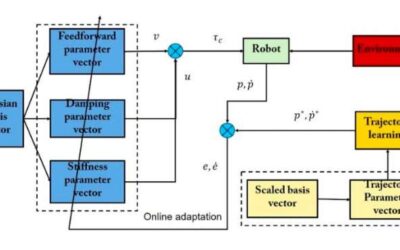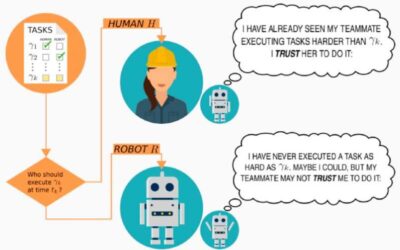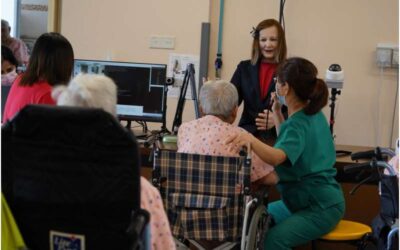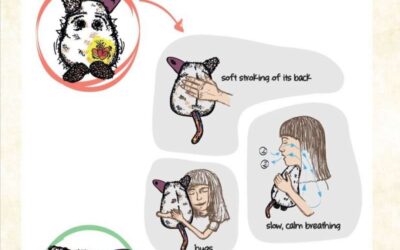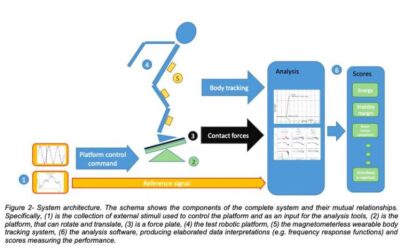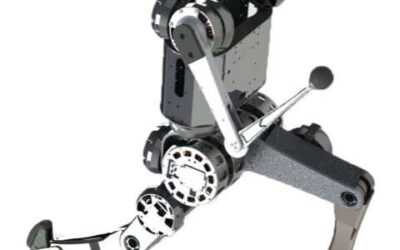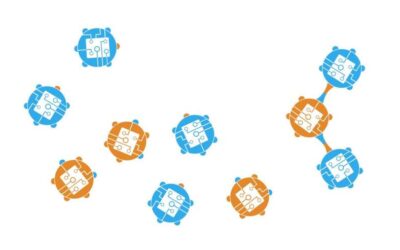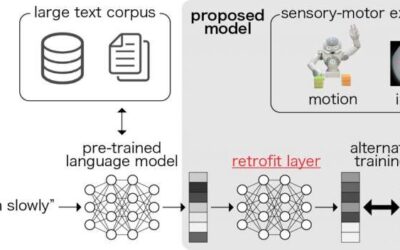To move efficiently and safely within different environments, robotic systems typically monitor both their own movements and their surroundings as they try to navigate safely and avoid nearby obstacles. The measurements they gather generally make sense with respect to...
Robotics
An approach to achieve compliant robotic manipulation inspired by human adaptive control strategies
Over the past few decades, roboticists have created increasingly advanced and sophisticated robotics systems. While some of these systems are highly efficient and achieved remarkable results, they still perform far poorly than humans on several tasks, including those...
A model to predict how much humans and robots can be trusted with completing specific tasks
Researchers at University of Michigan have recently developed a bi-directional model that can predict how much both humans and robotic agents can be trusted in situations that involve human-robot collaboration. This model, presented in a paper published in IEEE...
Study explores the potential of using a humanoid robot to entertain the elderly
Humanoid robots have the potential of assisting humans in a variety of settings, ranging from home environments to malls, schools and healthcare facilities. Some roboticists have been specifically investigating the potential of social robots as tools to offer care and...
A social robot that could help children to regulate their emotions
In recent years, roboticists have developed a broad variety of social robots, robots designed to communicate with humans, assist them and support them in several different ways. This includes robotic toys and other robots designed to be used by children.
A system to benchmark the posture control and balance of humanoid robots
In recent years, roboticists have developed a wide variety of robots with human-like capabilities. This includes robots with bodies that structurally resemble those of humans, also known as humanoid robots.
The MIT humanoid robot: A dynamic robotic that can perform acrobatic behaviors
Creating robots that can perform acrobatic movements such as flips or spinning jumps can be highly challenging. Typically, in fact, these robots require sophisticated hardware designs, motion planners and control algorithms.
MOBLOT: A theoretical model that describes molecular oblivious robots
Research focusing on swarm robotics typically uses theoretical approaches to describe robotic systems in an abstract way. A theoretical model that is often used in robotics studies is OBLOT, an approach that represents robots as simple systems, all identical, without...
An artificial neural network to acquire grounded representations of robot actions and language
To best assist human users while they complete everyday tasks, robots should be able to understand their queries, answer them and perform actions accordingly. In other words, they should be able to flexibly generate and perform actions that are aligned with a user's...
A tactile sensing foot to increase the stability of legged robots
In order to effectively navigate real-world environments, legged robots should be able to move swiftly and freely while maintaining their balance. This is particularly true for humanoid robots, robots with two legs and a human-like body structure.

